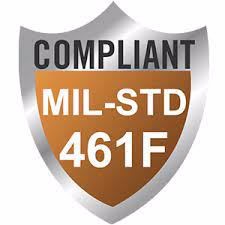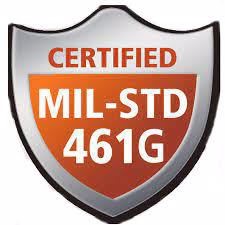+44 (0)1634 791600
info@crystal-display.com
Newsletter Sign Up!
+44 (0)1634 791600
info@crystal-display.com




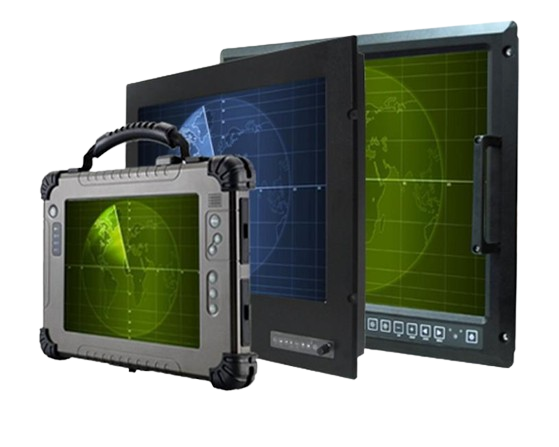
In the ever-evolving landscape of military defence solutions, technological advancements play a pivotal role in enhancing operational capabilities and ensuring national security. Among the various components driving innovation, displays stand out as a critical interface connecting military personnel with real-time data and intelligence. This blog explores the latest trends and breakthroughs in display technologies, highlighting their significance in bolstering military effectiveness. Military defence displays are not just technological tools; they are strategic assets that can make the difference between success and failure on the battlefield. As the world continues to witness rapid advancements in display technologies, military forces worldwide are poised to benefit from enhanced situational awareness, improved decision-making, and a more agile and responsive operational environment. Stay tuned as the evolution of display technologies continues to shape the future of military defence.


In the realm of defence and inspection, the mission demands a constant 24/7 commitment, 365 days a year. Consequently, robust computing solutions must embody true ruggedness, and can meet stringent military standards such as MIL-STD 810F/G and MIL-STD 461E/F to ensure unwavering reliability. These solutions are meticulously engineered to endure a spectrum of extreme environmental conditions, ranging from high and low temperatures to shock, vibration, and humidity. Moreover, they must meet stringent requirements for controlling electromagnetic interference, with the added fortification of ITO EMI shielding.
To guarantee not only dependable power but also rugged mechanical performance, CDS can strategically employ MIL-DTL-38999/1 military-grade power connectors. Going beyond mere adherence to defence industry regulatory standards, CDS can take the extra step, subjecting its defence computing solutions to rigorous testing. This unwavering commitment ensures safety and performance that surpasses standard defence compliance. Recognizing the unique challenges confronted by the defence industry, CDS remains steadfast in its dedication to delivering customized solutions that seamlessly address diverse industrial demands.
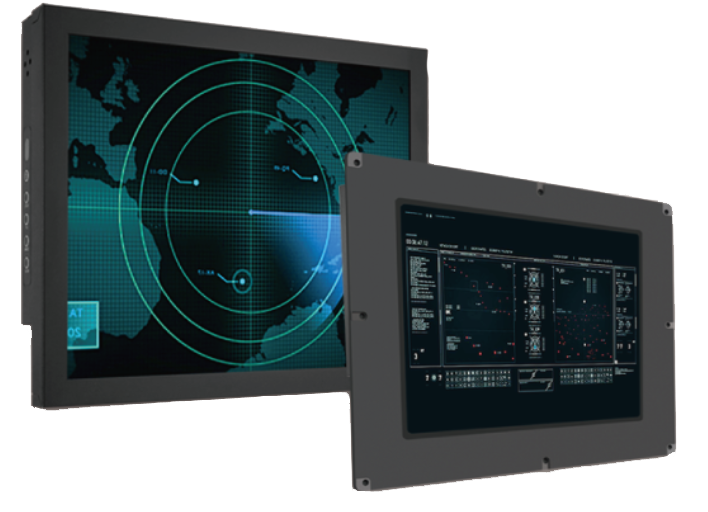
A military display is a specialized category of display technology purposefully designed and constructed for military applications. Serving as integral components within military systems, these displays offer visual interfaces to present crucial information to military personnel across diverse operational scenarios. Moreover, military displays are meticulously engineered to meet specific requirements and standards that distinguish them from consumer-grade displays. Their design prioritizes the ability to withstand the demanding conditions of military environments, ensuring steadfast performance in mission-critical situations.
Ruggedization: Military displays undergo a robust ruggedization process, ensuring their resilience against extreme environmental factors such as temperature variations, shock, vibration, and humidity. Consequently, this meticulous treatment guarantees the durability and consistent functionality of these displays, even in the most challenging military environments.
Sunlight Readability: Addressing the prevalent challenge of glare in outdoor settings, military displays are purposefully crafted for optimum sunlight readability. This critical feature, ensuring clear visibility, is of paramount importance for military personnel operating in the field under varying lighting conditions.
Night Vision Compatibility: Recognizing the prevalence of military operations in low-light or nighttime scenarios, military displays incorporate technologies compatible with night vision devices. This strategic integration allows personnel to maintain visibility without compromising their ability to operate covertly during crucial missions.
High-Resolution Graphics: Military displays are equipped with high-resolution graphics, providing the necessary support for detailed maps, images, and real-time video feeds. This heightened visual clarity not only enhances situational awareness but also facilitates more informed decision-making on the battlefield.
Touchscreen and Gesture Controls: Standardizing user-friendly interfaces, military displays feature touchscreen and gesture controls. These intuitive interaction methods empower military personnel to swiftly and efficiently access critical information, thereby enhancing overall operational effectiveness.
EMI Shielding: A crucial component in military displays, electromagnetic interference (EMI) shielding prevents disruptions caused by electronic interference. This shielding ensures the reliability of the display in the presence of other electronic equipment and potential threats, maintaining optimal performance in challenging electromagnetic environments.
Compliance with Military Standards: Strict adherence to specific military standards, such as MIL-STD 810 for environmental testing and MIL-STD 461 for electromagnetic compatibility, is a hallmark of military displays. This commitment to compliance ensures that the displays meet the stringent requirements set by military authorities, guaranteeing their reliability and suitability for mission-critical applications.
Military operations often unfold in harsh environments where standard displays may not withstand extreme conditions. Ruggedized displays, designed to endure shock, vibration, and extreme temperatures, have become indispensable in modern defense systems. These displays ensure that vital information is accessible even in the most challenging scenarios, contributing to mission success.
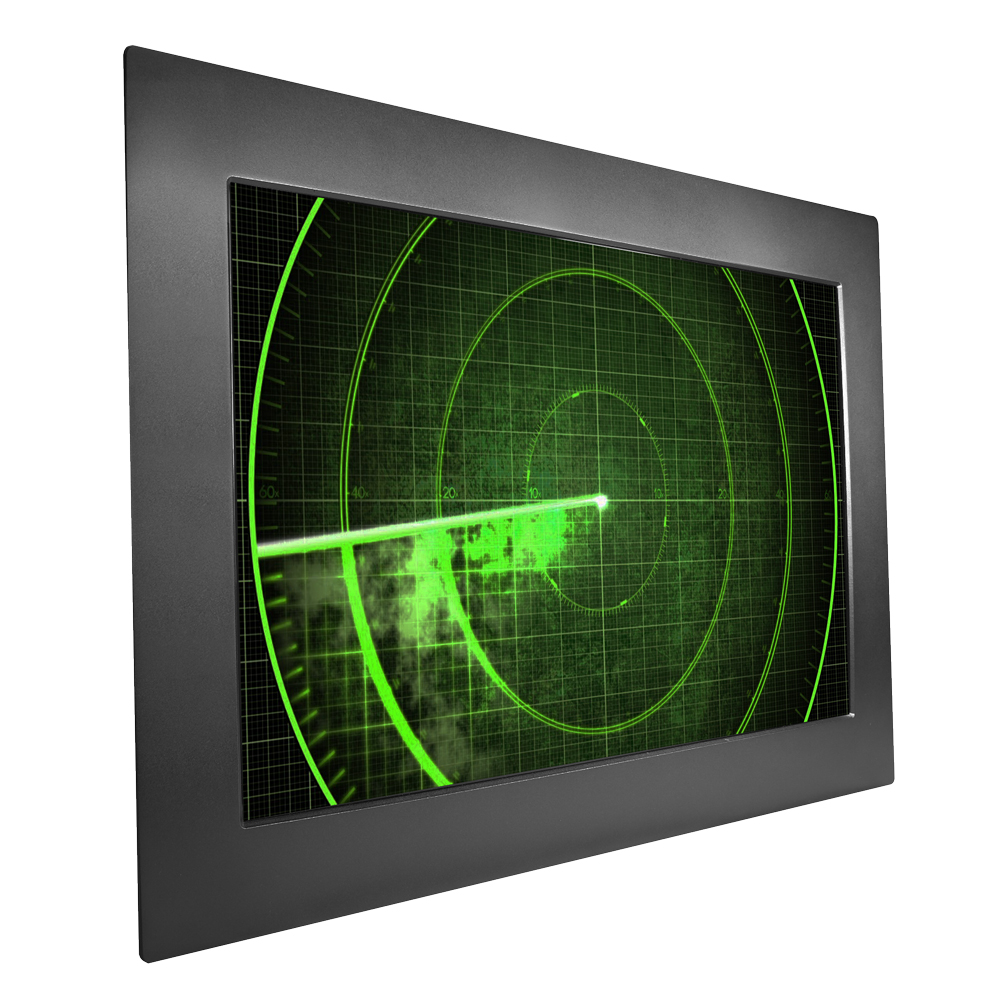

Intuitive interfaces have become essential in military displays, allowing users to interact with information quickly and efficiently. Touchscreen and gesture-based interfaces facilitate user-friendly navigation, enabling rapid access to crucial data. This contributes to reducing cognitive load and improving the overall effectiveness of military personnel in the field.
MIL-STD-461G stands as the definitive military testing standard, meticulously outlining precise requirements to ensure electromagnetic compatibility (EMC) in devices and systems designed for and utilized by the United States Department of Defense (DoD). Within the pages of MIL-STD-461G, a comprehensive suite of test procedures is meticulously detailed, strategically aligning with the DoD’s stringent regulations regarding electromagnetic emissions and susceptibility. These test procedures are categorized into four distinct groups: radiated emissions (RE), conducted emissions (CE), radiated susceptibility (RS), and conducted susceptibility (CS).
Given that virtually every electronic device, ranging from a common mobile cell phone to a critical navigation component in a stealth jet, emits electromagnetic fields that could potentially compromise safety, operational efficiency, or secure communications, the detection of illicit signals and electromagnetic interference holds paramount importance in military operations.
To address this pressing concern, the DoD established the Electromagnetic Compatibility Program, aiming to seamlessly integrate electromagnetic compatibility considerations into the research and development (R & D) efforts of the defence industry. Over time, all three branches of the military have collaborated extensively to develop updated and expanded iterations of the standard. This collective and ongoing effort has resulted in the latest version, MIL-STD-461G.
